Richard Prince
re-posted via Techdirt:
Do We Really Want Judges Determining What Art 'Says'?
from the freedom-of-expression dept
There was a very big legal ruling last week having to do with copyright in the art world. It involves the artwork of Richard Prince, an appropriation artist, who took some photographs from Patrick Cariou's book Yes, Rasta, of various Rastafarians, and then used them in various paintings. There were a bunch of photographs used -- this is the comparison shot that has been used in a lot of the press coverage:
That's Cariou's photo on the left, and Prince's painting on the right. I'll admit that, personally, I'm not that impressed. But I'm really not sure what my art criticism should have to do with anything. Yet, many others seem to want to jump in and have their own criticisms of the art determine whether or not this sort of thing should be allowed. And that's troubling from the perspective of letting artists create what moves them, rather than setting up laws over what is and is not allowed to be art.
In this case, despite plenty of other lawsuits that found appropriation art to be legal, the judge ruled that this is infringing, leading many to predict a pretty massive shakeup in the modern art world, where this kind of appropriation art has become pretty common. What strikes me as most troubling is that the judge's decision appears to rest mainly on what the artist's stated intent was in creating these paintings, and deciding that since he was neither commenting on the original works nor the subjects of the images, it's no longer a protected fair use. That seems questionable. Why should the intent of the artist matter one way or the other? As law professor Peter Friedman notes in the link above:
What was Jackson Pollock's purpose in painting Lavender Mist? Van Gogh’s in painting The Irises? Haven’t we accepted by now the limitations focus on artistic intention would impose on our appreciation of art?
One take away from this is that any time an artist is sued, they should just insist that the artwork they created was 'commenting' on the original work, even if it wasn't. But why is that the standard? The fair use standard doesn't say anything about intent, and judging the true intent of an artist seems like a really dangerous game. Some, like Charlie Finch, are pointing out how this is a dangerous slippery slope under which judges are determining the value of artwork:
Judge Batts implied a kind of slippery slope by observing that Prince had not cut up or sectioned Cariou's pictures sufficiently, making an observer wonder whether a Mimmo Rotella standard of radical pictorial transformation would be the minimum standard for fair use.
Either way, having a judge as an interpreter of the meaning of art remains Kafkaesque: we can trot out the entire oeuvre of Andy Warhol, Robert Rauschenberg and a thousand other artists as violators of Judge Batts' standard.
The reality is that the judge here seems to have gone beyond what fair use has said in the past, in creating this new standard. As Greg Allen warns this is a massive limiting of fair use:
If it stands, it would have major, sweeping, and stifling effects.
Not only would the current operating assumptions of fair use and transformative use be ratcheted way back, but the contemporary art world would be turned upside down. It would restrict both how artists appropriate, or even refer to, copyrighted work. And it would turn galleries into copyright police, with an affirmative responsibility to clear images, sources, and references for the work they show and sell.
That last point is also notable. It wasn't just Prince who was sued, but also the art gallery that displayed his works, which was found guilty of direct infringement for displaying and selling the works, and then also found guilty of vicarious and contributory infringement because it 'had the right and ability (and perhaps even responsibility) to ensure that Prince obtained licenses.' That seems like a pretty big stretch as well.
In the end, I'm sure people will stick up for this ruling because they don't think what Richard Prince did was very good or particularly artistic. Yet, clearly, many in the art world disagree with you, as his paintings sell for extraordinarily high prices. And, in the end, shouldn't that be the determining factor? If people are willing to consider this artwork and pay for it as artwork, then what's the problem? On top of that, it seems like Cariou should have been able to capitalize on this attention himself, increasing the value of his own work.
And... speaking of Cariou's work... one question I have in all of this is how much is Cariou paying the Rastafarians that he photographed? After all, isn't he making use of their works as well? Either way, Prince has made it clear that he's appealing and has hired some powerhouse lawyers to help him out. Of course, he had to appeal quickly, because under the original ruling, all of his paintings at issue in this lawsuit were to be destroyed.
As a final word, however, I'm going to quote a chunk of copyright lawyer Ray Dowd's analysis, in which he worries about what this means for art:
Others are delighted at Prince's discomfiture. I am troubled. Fine art, truly fine art in an art gallery, is a place where a copyrighted work becomes a fetish object, a tribute, a decontextualized thing revealing a new meaning. The urinal of Marcel Duchamp. The Brillo Box of Andy Warhol. Both utilitarian objects made by others and fetishized by the artists.
And look at L.H.O.O.Q. - nothing original in the execution, but the Mona Lisa was in the public domain at the time. Prince is blatantly stealing. Plagiarists take the words of others and try to make you believe that they have crafted them. But Prince's cutouts from advertising, porn and outlaw biker magazines never misled the consumer.
But somewhere, something bothers me about shutting a highly respected fine artist down completely and burning his works when the first sale doctrine would permit him to buy a copy, modify it and resell it. When the First Amendment lets even repulsive speech be heard and the contemporary art world says it is art, I have a problem with the government burning it.
To me, an original work of fine art properly labeled as such by a new artist is almost pure speech - or in some way pure idea - even if it includes major appropriations. Things change when the artwork is widely reproduced. When the consumers are paying tens of thousands for Prince to take something no one is interested in, put his spin on it, and add value. Prince's 'appropriation' added ten million dollars worth of value to a pile of books. Everyone knew he didn't create the original.
This is not a question of consumers being defrauded, these are wealthy ultrasophisticates on the cutting edge who are the purchasers - surrounded by the top art advisers and critics -if these people feel that Prince's value added is that great, what is the harm in letting them indulge, as long as Prince legally purchased the original books? In fact, Prince's prices will probably soar - scarcity and scandal drive art prices up.
You should click through to read the entire Dowd piece, which includes multiple images to back up what he has to say. In the end, his point is really the key one: no one is being harmed here. No one is being fooled. Art is a form of speech, and even if you personally don't think much of it, or are upset about how the artist goes about it, is that really something for a court to decide?
In the context of music, we were just discussing how an appropriation artist like 'Kutiman' was creating new artwork by pulling from YouTube. And, even some of the staunchest copyright defenders in our comments said what he was doing was fine, trying to distinguish his 'creative' appropriation with 'consumptive' appropriation by others. Well, here's another case of 'creative' appropriation. So why isn't it allowed?
from NEWSgrist - where spin is art by joy garnett
OHH that'showthey didididididid
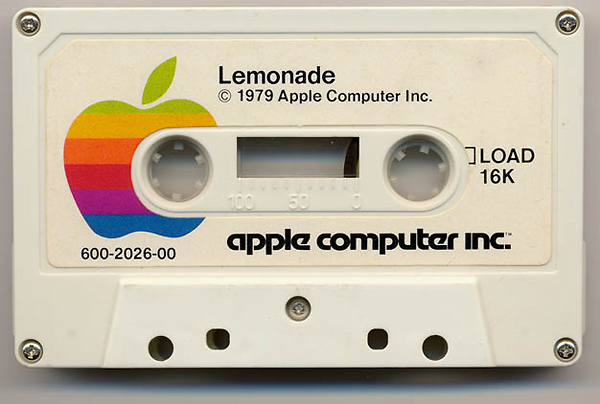
A cause of apple was bitten. The end.
Design You Trust RSS Feed | Design You Trust on FB | Design You Trust on Twitter | Design You Trust
The Underachiever's Manifesto: The Guide to Accomplishing Little and Feeling Great $9.95 : Chronicle Books

$1-20, from chroniclebooks.com
Found by superila
"Moleskine according to James Harkin
 In his latest book Niche, James Harkin, an expert on international social and economic change, analyzes the case histories of different brands that stand apart from the rest for their marketing aimed at well defined niches, on a global scale. These include Apple, The Economist, HBO and Moleskine.
In his latest book Niche, James Harkin, an expert on international social and economic change, analyzes the case histories of different brands that stand apart from the rest for their marketing aimed at well defined niches, on a global scale. These include Apple, The Economist, HBO and Moleskine. In the chapter on Moleskine, the British journalist recounts how the beloved notebook of Bruce Chatwin has returned to stores and to the hands of contemporary artists and thinkers, finding its place between the old custom of note-taking and sketching and the evolution of the digital world with its blogs, virtual files and the Web.
James Harkin is director of Flockwatching and contributes regularly to the Financial Times and the Guardian. Niche is Harkin's third book, following his successes with Cyburbia and Big Ideas.
Richard Prince Court Ordered to Destroy Artwork in Copyright Breach Case
Richard Prince Court Ordered to Destroy Artwork in Copyright Breach Case: "
Renowned American artist Richard Prince has been ordered to destroy works worth tens of millions of dollars after the New York federal court ruled that the paintings, which featured reworked photographs by French photographer Patrick Cariou were found to be in breach of copyright. Prince exhibited a series of works in a 2008 show which used 35 photographs from Cariou’s 2000 book “Yes, Rasta.” The photographs were used almost in their entirity with Prince adding things like a painted electric guitar and splodges for eyes. Eight works from the 2008 “Canal Zone” exhibition were sold for more than $10mUSD all together, with seven others being exchanged for other works of art valued between $6m-8m.
Prince has always used appropriation as a means of creating works with his lawyers pleading that Cariou’s photographs were “mere compilations of facts … arranged with minimum creativity … [and were] therefore not protectable” by copyright law. Of the electric guitar he added to one of the photographs, Prince testified: “He plays the guitar now. It looks like he’s always played the guitar, that’s what my message was.”
Neither Prince nor the Gagosian Gallery asked permission to use Cariou’s photographs or withdrew them from sale when the photographer sent them notice of the breech.
Ahead of a damages ruling set to take place on 6 May, the court has ordered Prince and the Gallery to destroy all the paintings and exhibition catalogues and to advise buyers that “the paintings were not lawfully made and cannot lawfully be displayed.”
The ruling also stated: “It is clear that the market for Cariou’s photos was usurped by [Prince and Gagosian] … the court finds that Prince has unfairly damaged both the actual and potential markets for Cariou’s original work and the potential market for derivative-use licences for Cariou’s original work.”
Source: The Guardian
Richard Prince Court Ordered to Destroy Artwork in Copyright Breach Case is a post from: SLAMXHYPE
"Guilty!
http://www.youtube.com/watch?v=B8ISzf2pryI&feature=youtube_gdata_player
Sent from Electronic Wizardry.
from At Home At Home by laure

My thoughts are with Japan today.
To Help:
Buy the print above of shinjuku from 20×200, or buy this print.
Donate to For Japan, With Love
Donate to The Red Cross
(Living Social is matching $5 donations to the red cross right here)
Dontate to UNICEF
JOHN HOGAN!! xo
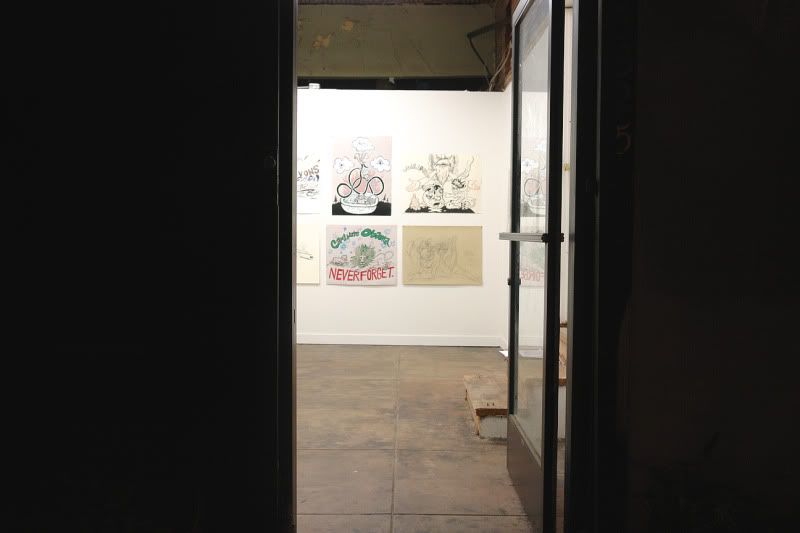

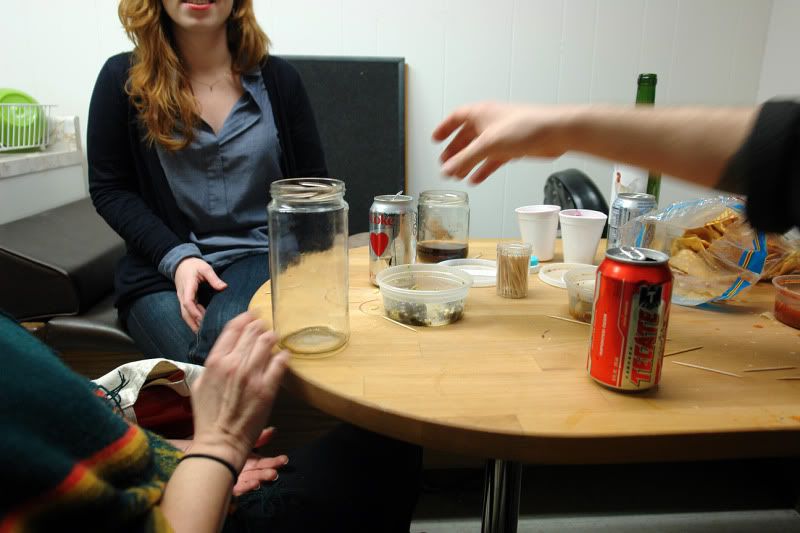
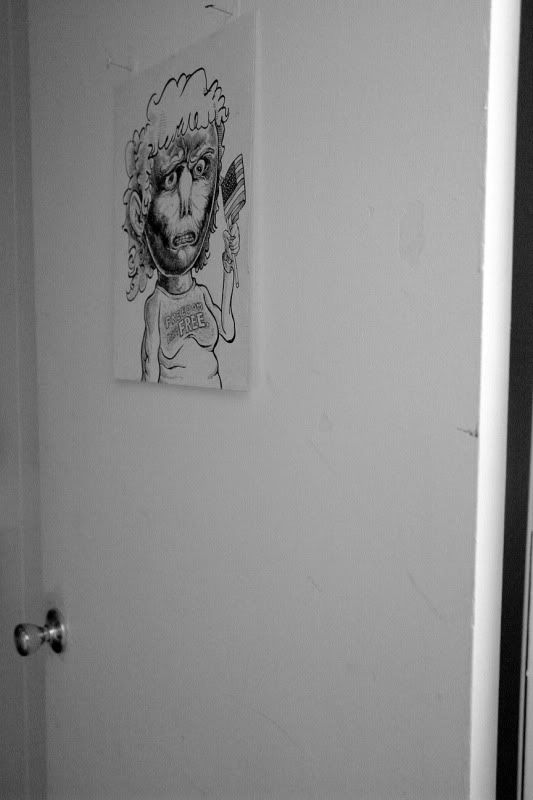
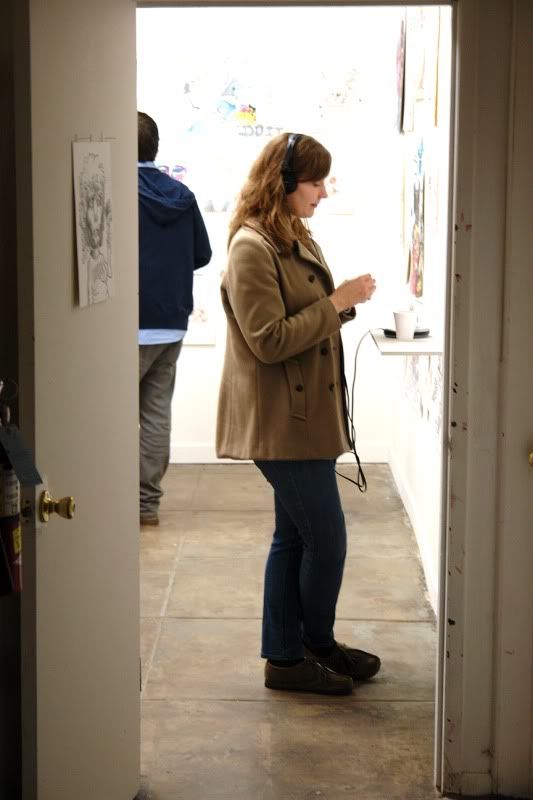
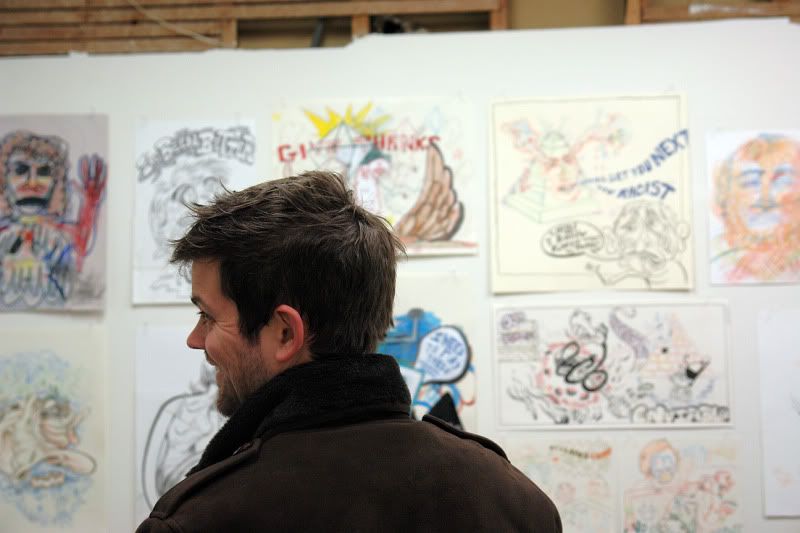
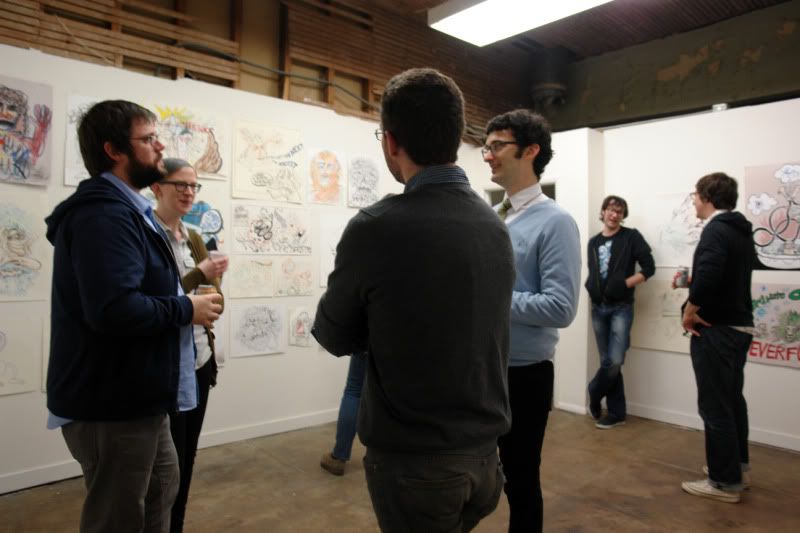

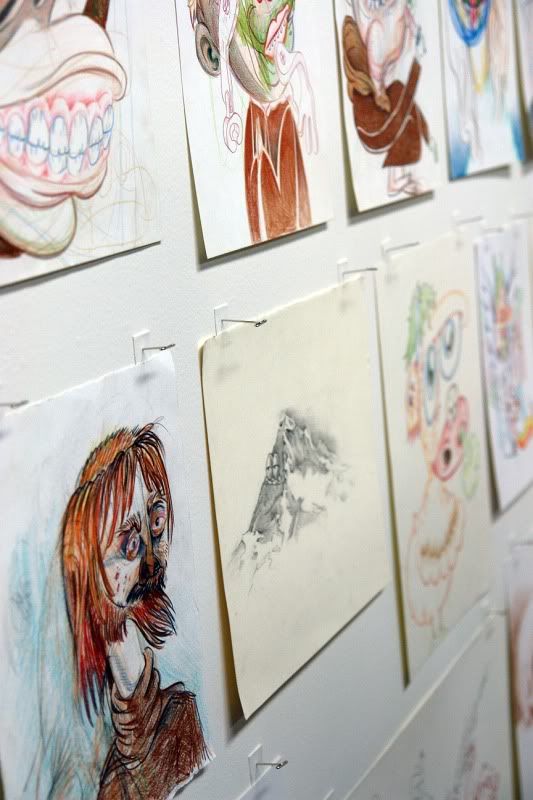
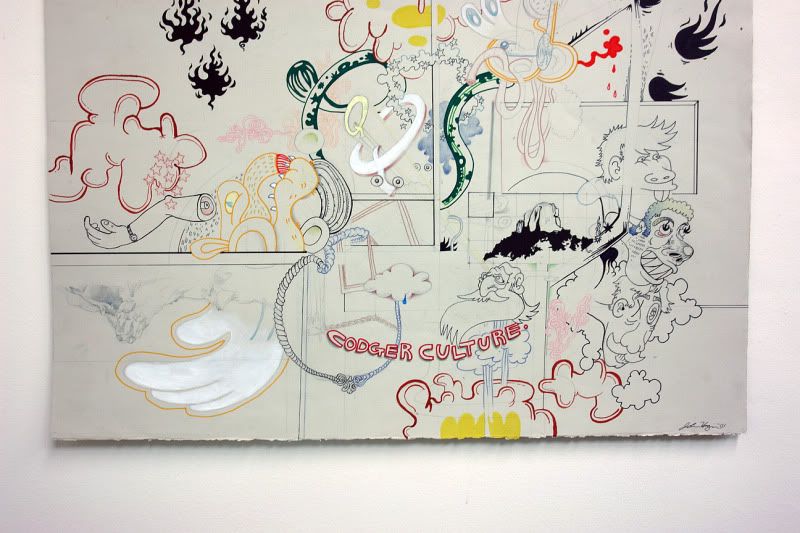
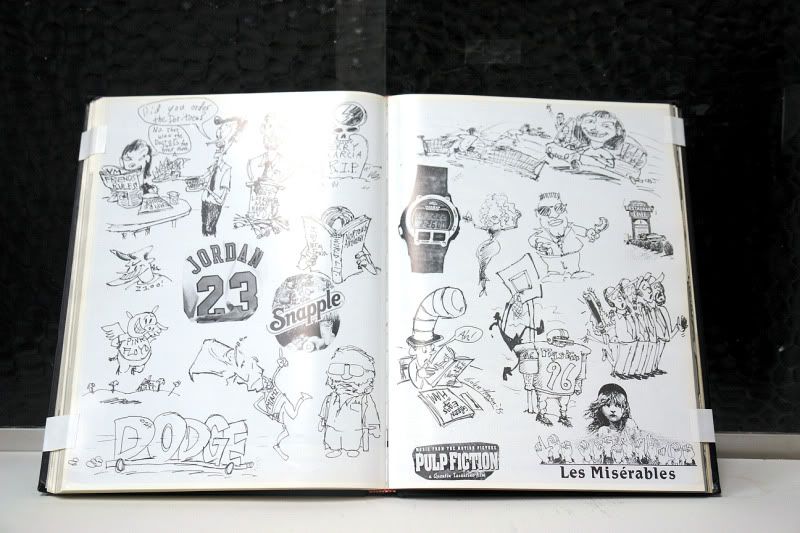
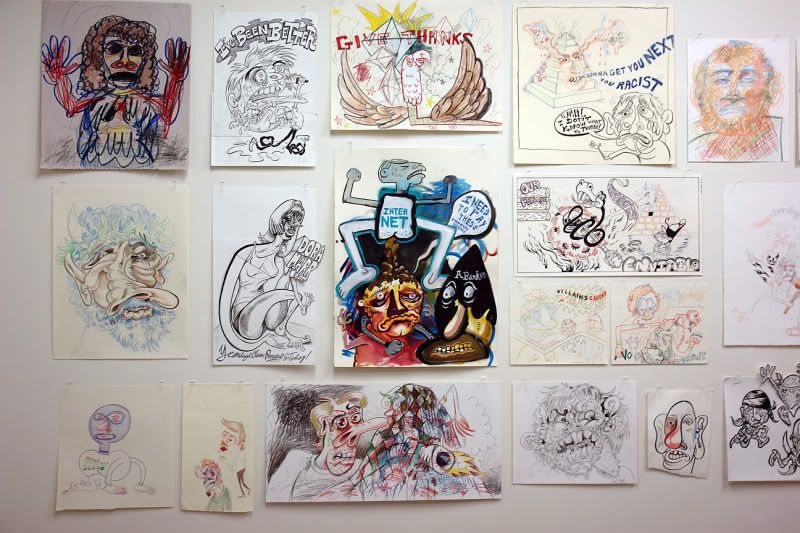
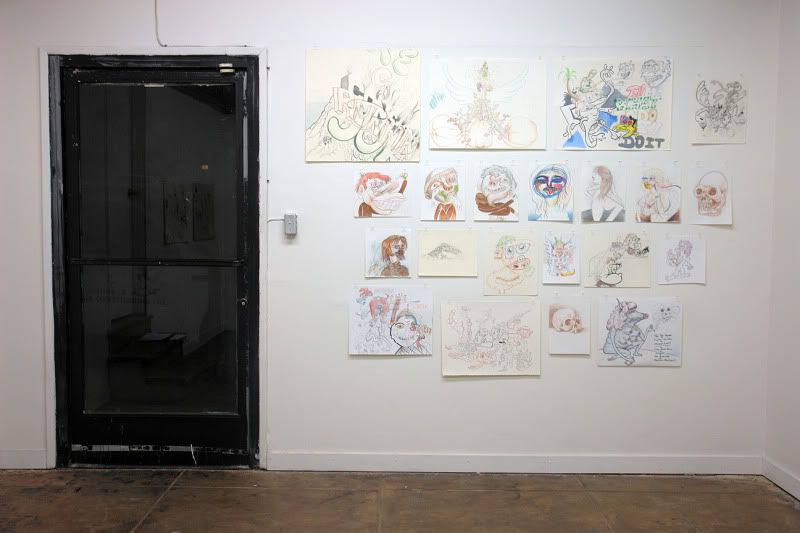
from Elephant by elephant
Save the Date: A new look at the Symbionese Liberation Army
A new exhibit on the Symbionese Liberation Army, the 1970s radical group responsible for kidnapping newspaper heiress Patty Hearst, opens Wednesday night in Highland Park. The SLA show at the former Highland Park police station on York Boulevard features photos and artifacts related to the LAPD search for SLA members as well as the deadly May 1974 shootout and the bombing attempts of Los Angeles police stations. Glynn Martin, executive director of the Los Angeles Police Historical Society, said the show was organized following the acquisition of some new artifacts and ongoing public interest about the SLA. Wednesday night’s opening reception is sold out but the public can see the show beginning on Thursday. Admission is $8.
Other upcoming Eastside events include a presentation by the author of “Secret Stairs: A Walking Guide to the Historic Staircases of Los Angeles”* on Wednesday and a Thursday night book signing for “From Seed to Skillet” in Atwater Village. More things to do in Save the Date.
* The presentation is sponsored by the Echo Park Historical Society. The Eastsider is a historical society board member.
Le Hat Tip: from The Eastsider LA by The Eastsider
(un)holy mary [from Design You Trust by thaeger]
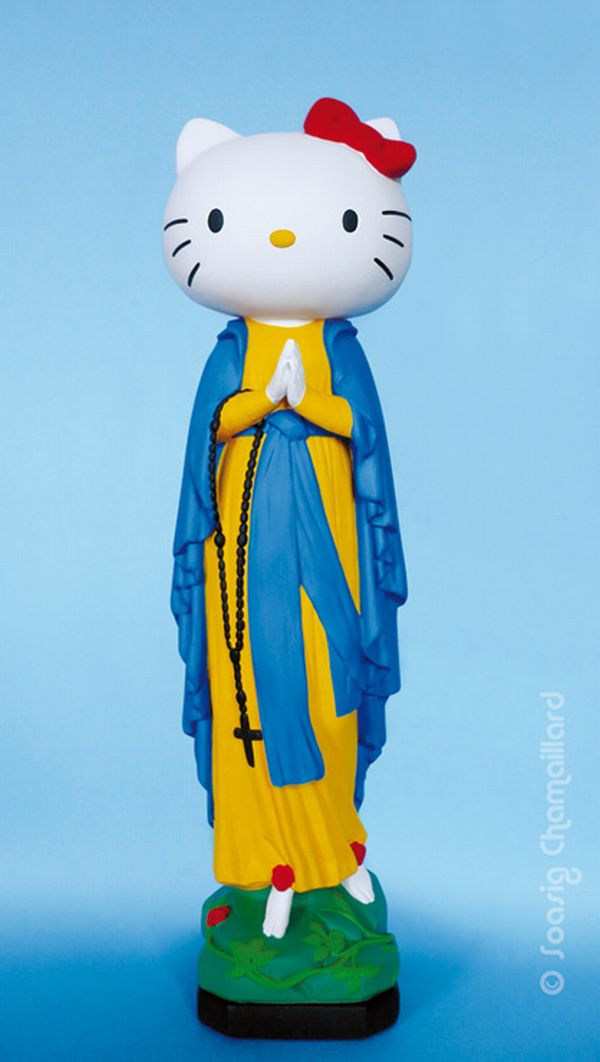
«virgin mary» sculptures series by soasig chamaillard, france.
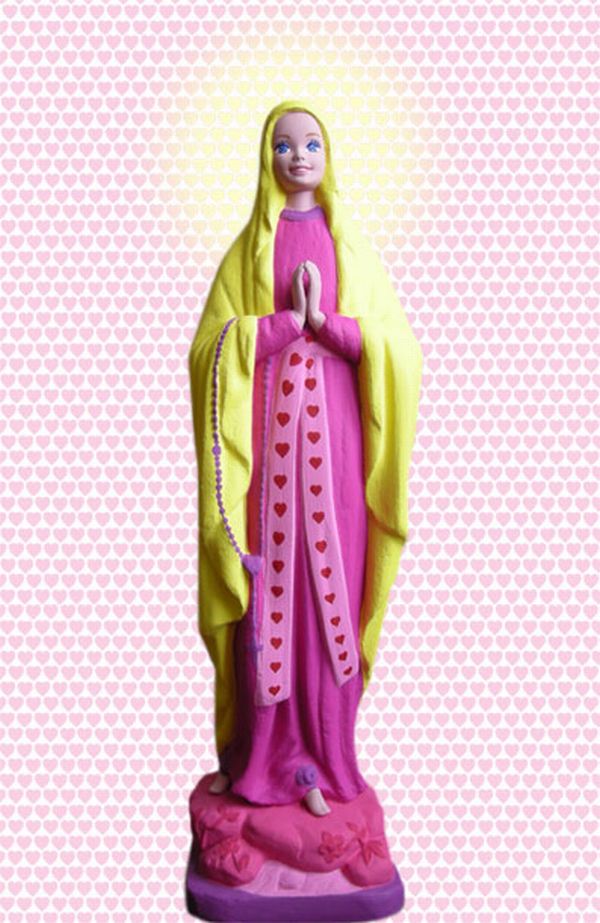

more «virgin mary» sculptures here.
Design You Trust RSS Feed | Design You Trust on FB | Design You Trust on Twitter | Design You Trust






